Japanese Weapons
Japanese Bows- Martial Art of Archery
Japanese Bows- Martial Art of Archery
Yumi is the Japanese term use for traditional asymmetrical Japanese bows. There are different kinds of bows and each of these has a specific purpose. Shorter bows were used to practice Kyudo and Kyujutsu or Japanese archery. This was an important weapon used by Samurai warriors during feudal Japan. In Japanese archery the early kinds of bows comes in different sizes and majority of these are short and has a center grip. The oldest kind of Japanese bows were those discovered in Nara in the 5th century. In the Heian period, the length of this bow was more than two meters. This weapon is taller than the height of the archer. The Japanese copied the use of lamination from the Chinese when constructing this weapon. Traditionally Japanese longbow was made from laminated bamboo, wood and leather. The techniques use did not change through the centuries even if in the next hundreds of years the bow has evolved.
By the 16th century, Japanese longbow was said to be perfect in terms of design. The modern day version although it has a bamboo material is identical to those made during the 16th and 17th century. Some archers are known to use synthentic yumi. Some historians say that the design for these were specifically for those warriors who ride on horseback however, evidence shows that the asymmetrical design predates its use on horseback. Others claim that asymmetry was needed to be able to shoot even in a kneeling position. However, others notice the characteristics of wood use to be available before the technology of having wood laminated existed. The string of this bow is made of hemp. However, modern archers use Kevlar which is a synthetic material and said to last longer than those made of hemp. After the popularity of guns, bows and arrows remain in use but, later on this became part of martial arts that Samurai must learn to extend his spiritual existence.
Kyudoka
The art of archery in Japan is known as Kyudo and experts in this art are referred to as Kyudoka. This is based on the art of archery which originally was for the Samurai class of feudal Japan. The use of Japanese bows and archery can be trrace back to the Yayoi period. This was described and chronicled in the Chinese Weishu which tells about people in Japan who are capable of using wooden bows that are short on the bottom and long from the top. The change in society and the Samurai class who took charge at the end of the 1st millennium created a requirement for learning archery. This gave birth of the schools for archery. Some schools taught how to use these weapons even when mounted on top of a horse. The need for archers dramatically increases during the Genpei War. This explains why Yabusame or mounted archery was taught aggressively.
During the Civil War in Japan a new method of archery was developed and taught. This footman’s archery spread rapidly. As a result, schools were formed to teach this new revision. However, this weapon experiences its decline when the Portuguese arrived in Japan bringing with them firearms. Eventually fighters prefer spears instead of bows. This did not eclipse the usefulness of bows as weapon. The disadvantage was that proper training was required unlike the use of spears where even ordinary farmers armed with spears can annihilate a traditional Samurai archer. Nothing proves this better when during a single battle in 1575; a Samurai archer was defeated with the use of spears. During the Tokugawa period, Samurai occupied the top hierarchy of society. The Samurai assumed administrative duty. During this period, archery became a voluntary skill use in its ceremonial form during special celebrations. Bows were used for competitions and not for battle. This is also the period when archery spread outside of the Samurai class. Early archery was known as Kyujutsu where the skills are trusted in handling this weapon. However, monks who were martial arts teacher created the concept of Kyudo.
When Japan opened itself to the outside world in the early part of the Meiji era, the Samurai lost his status in society. Therefore all forms of martial arts which include Kyudo suffer from significant decrease in interest and instruction. However, in a bid to save tradition group of Kyudo masters gathered to save traditional archery. The Kyudo teacher merged the war and ceremonial methods of shooting style. Thus was born the hybrid known as Honda-Ryu. Guidelines were published so that whether these are used during competition or as training in schools every archer follows the same guidelines. Simply put, there is unity in uniformity. Kyudo is practice in different schools from those that teach military shooting to those who teach this art form for ceremonial purposes. This time the emphasis is different where others emphasize on the aesthetic aspect some emphasize on efficiency. Some schools teach these as a form of meditation in action. Based on the principles of the Nippon Kyudo Federation the goal is to teach archers the correct way to shoot as it relates to Kyudo thus true beauty shall be attain. This is the state of Shin-Zen-Bi when translated means truth, goodness and beauty. When practice as a Budo this incorporates both the spiritual and moral development of the individual. Some practice this having Zen Buddhism as its basis. Today this is practice as sport.
Kinds of Japanese Bows
- Longbow. In Japanese archery Japanese bows that are these long are two kinds: those that are used by Samurai known as Shigetou or the other one Kazuyumi for soldiers. Shigetou refers to coiled rattan. The grip of the long bow is in very low position
- Half Bows or Hankyu. The half bow is thinner than the long bow. The bowstring is attached to the side of the bow. It is covered with leather and the grip is located near the lower than center portion of the bow
- Short Bows. This is made of bamboo and wrap with rattan. The middle bow is made of animal bone. The range that these Japanese bows can reach can cause damage to the enemy. In the right range it can inflict greater damage.
- Small Bows. These Japanese bows are tiny when compared to the other kinds of bow. The arrows are sharp and dangerous though. This bow has the bowstring always set and ready to shot. The small bow is better known as Rimankyu
Caring for Japanese Bows
The use of this Japanese longbow needs careful attention. It must be treated like a living organism. Extremes in temperature can affect it especially when left unattended and cared. A bow can get out of shape and may later on become unusable. It is normal for Japanese bows to change in shape due to normal wear and tear especially if these are used frequently. Changes in weather condition can also affect it. When it is cold it becomes stronger while it is weak during the summer months. It is not advisable to use it longer than necessary in the course of a day. Using the bow a dozen times a day can weaken it. In the first six months limit the use of a new bow to 15 to 20 arrows a day. However, the numbers can gradually be increase after this period.
Japanese Arrows – The Arrowhead Pride
Japanese Militaria- War Collectibles
Japanese Rifles – Key Weapons
A common rule of thumb states that a bow that is relatively flat must remain unstrung when not in use. This is referred to as “tired”. A bow that has excessive curvature must remain unstrung for a period of time to “tame” it. A well-cared for bow can last for future generations to come. Do not use in an area with high humidity or temperature. If in case the bow gets wet dry it off as soon as possible with the use of soft cloth. If in case it is cold, warm it up using a soft cloth before using it for shooting. The Todake or outer face of the bamboo can break away if it is scratched or chipped constantly. Never draw and release the bow without an arrow because this can damage the bow. Avoid overdrawing the bow due to improper bow length. Even Japanese archery instructors will give the same advice to make this Japanese longbow last longer.
In Japanese archery, Japanese bows were of impressive thickness being constructed with bamboo and other kinds of wood. However, in Japanese archery focuses not on the material but, the philosophy of using the weapon. In modern day martial arts, shooters are taught to stand in attention. When the range master issues “Rei” this means being thankful which explains why shooters bow to their respective target. Each shooter uses a uniform known as Keikogi made of heavy cotton. These are similar to that use in other martial arts like Aikido and Kendo. They also wear a special cloth or Muneate. This is worn over the Keikogi and has the family crest emblazoned to it. There are times when the crest is even engraved on the gun’s barrel.

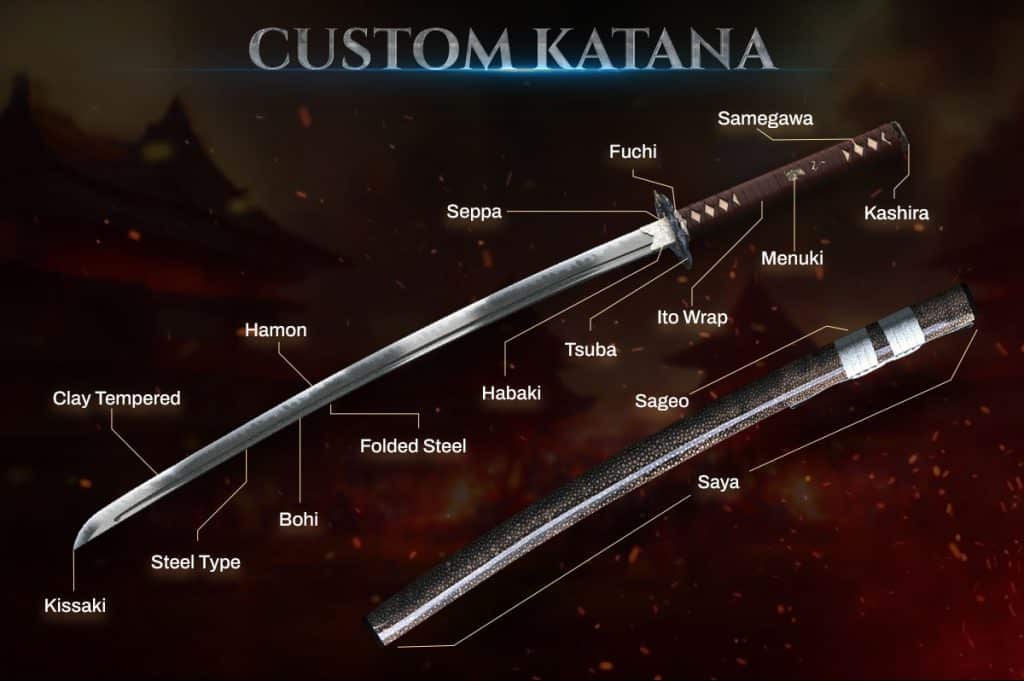
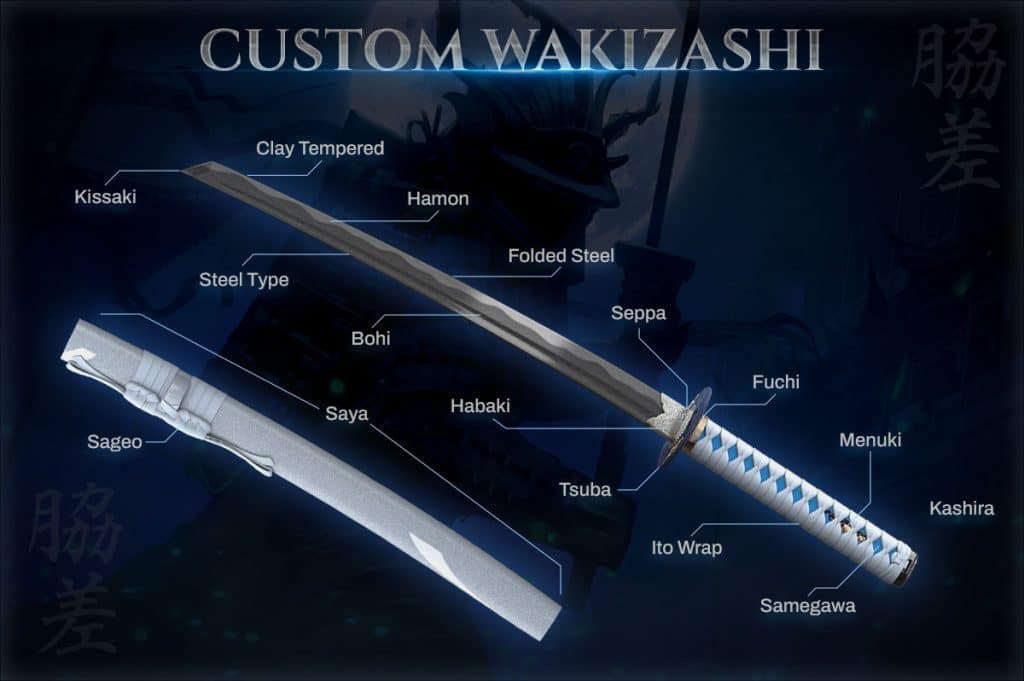
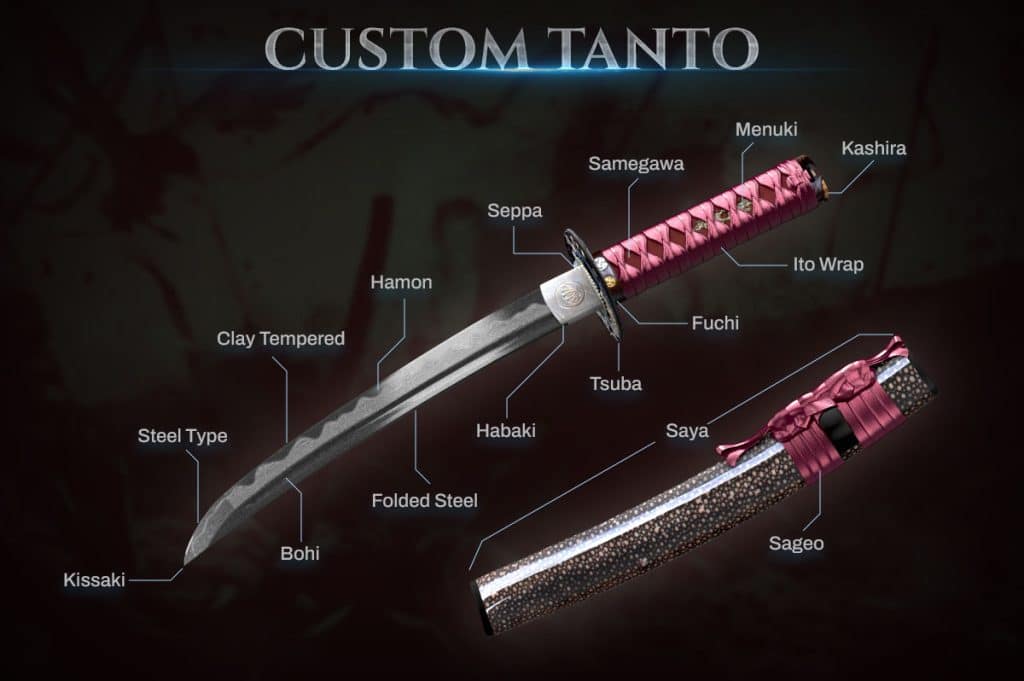
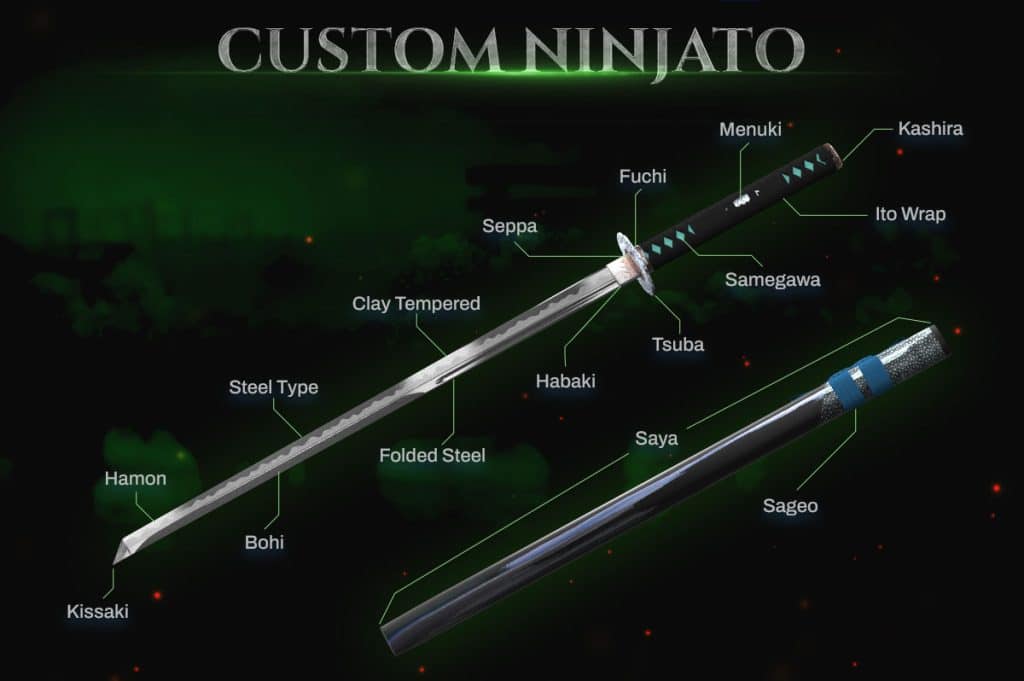
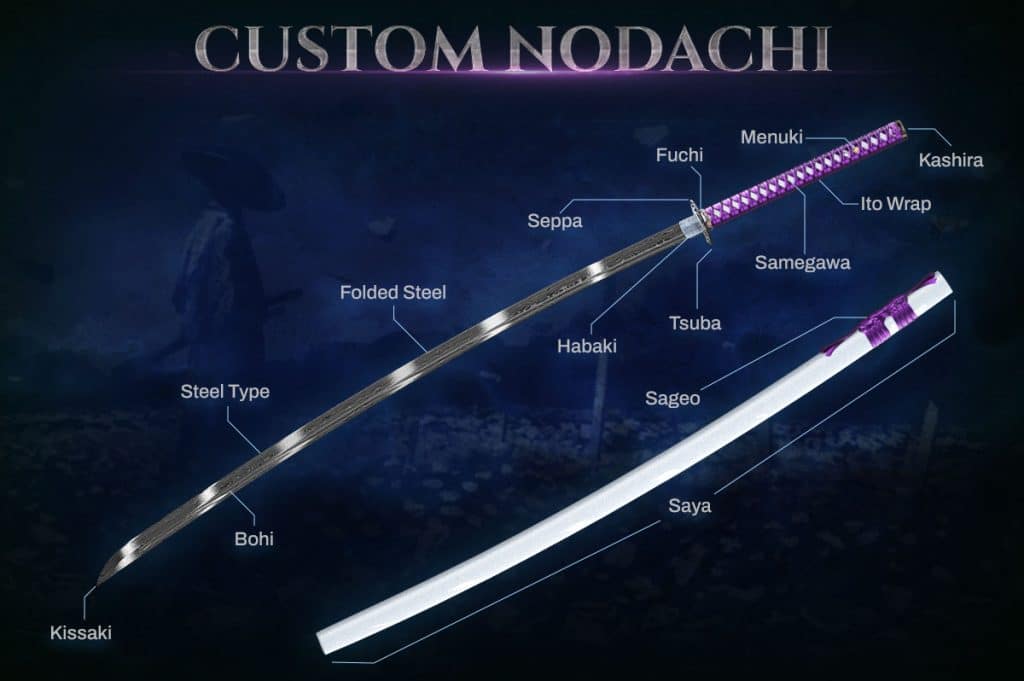
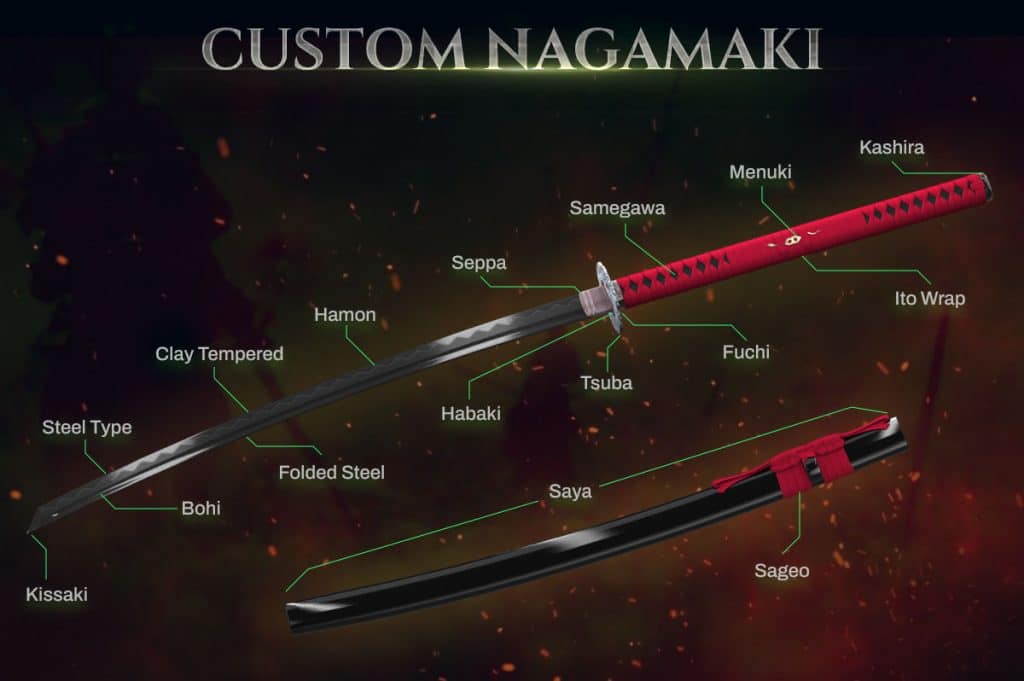
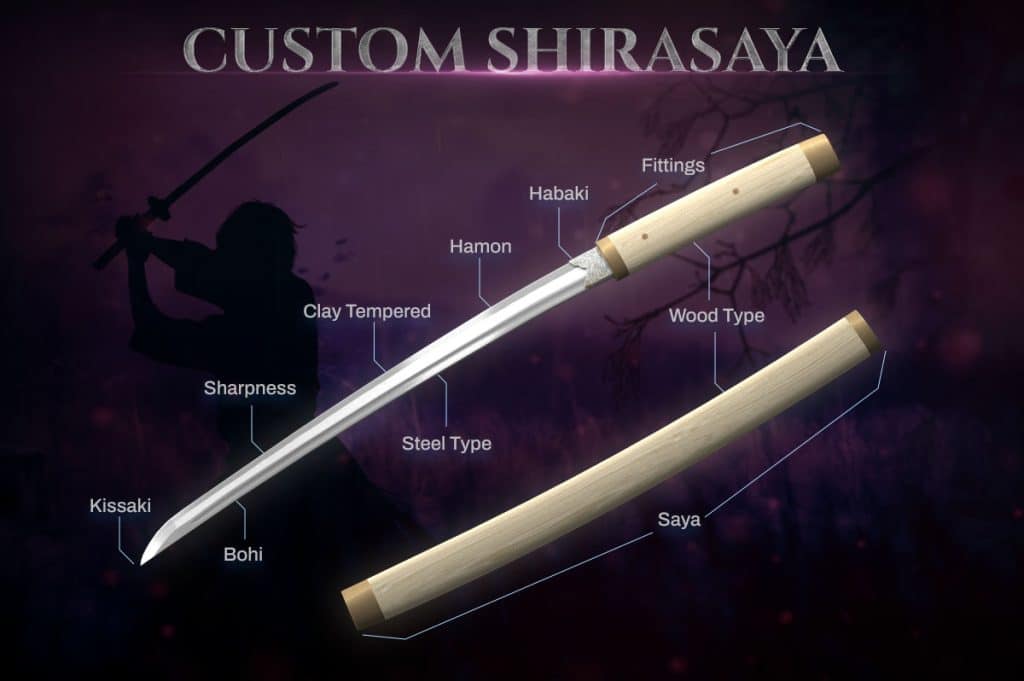
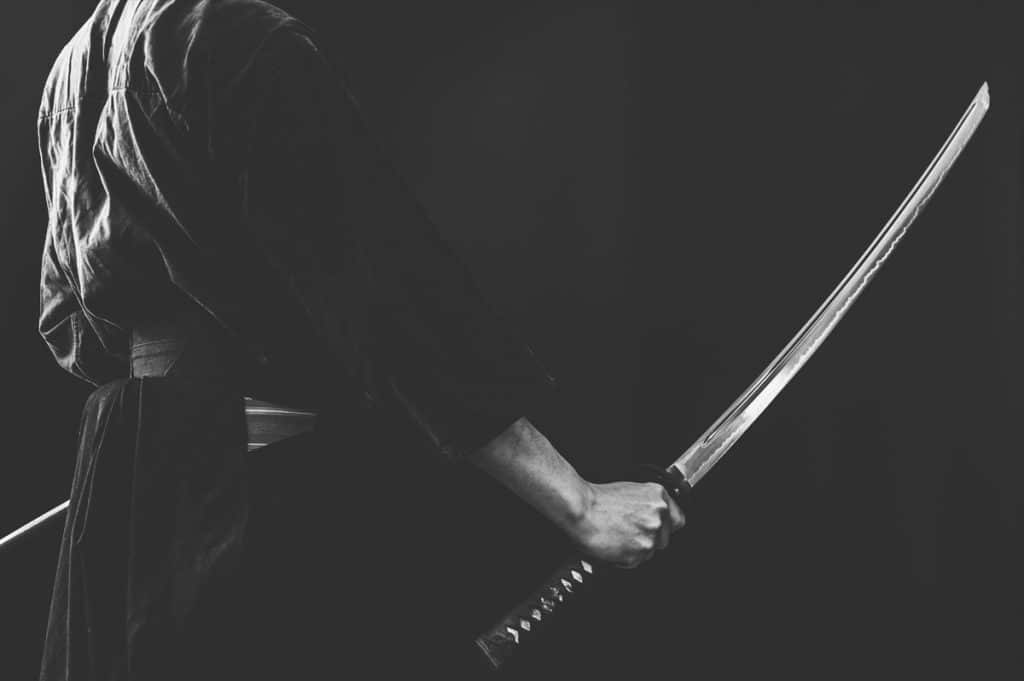
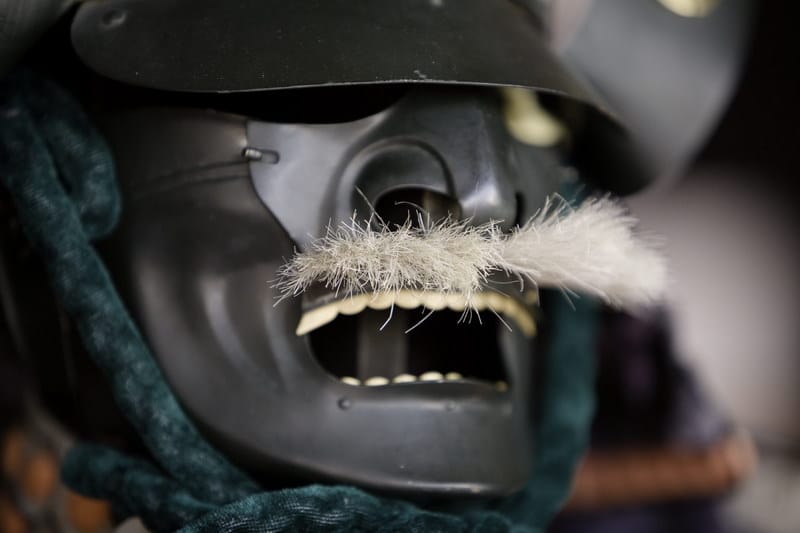
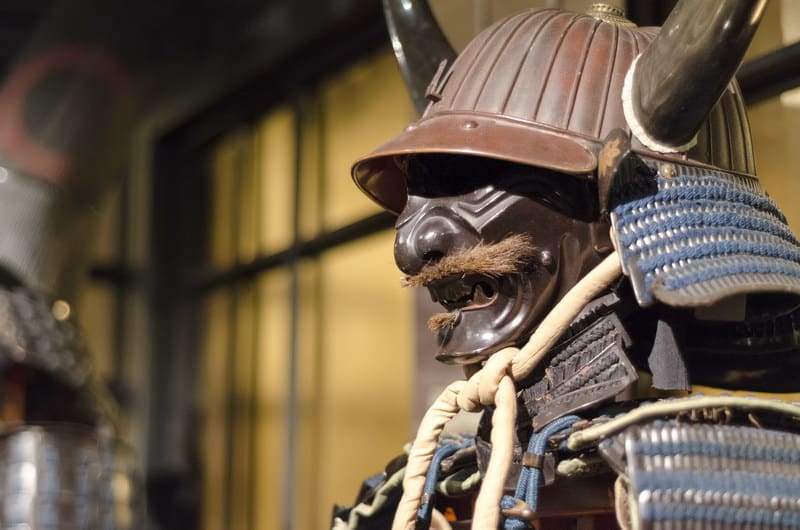
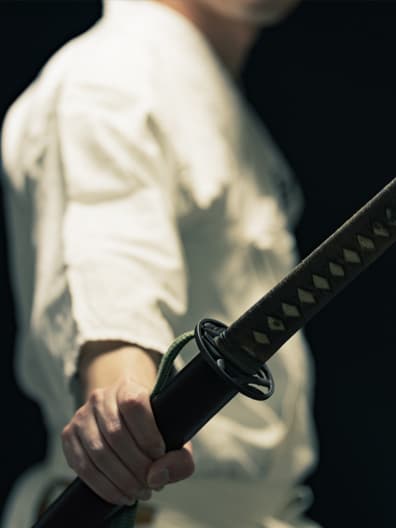
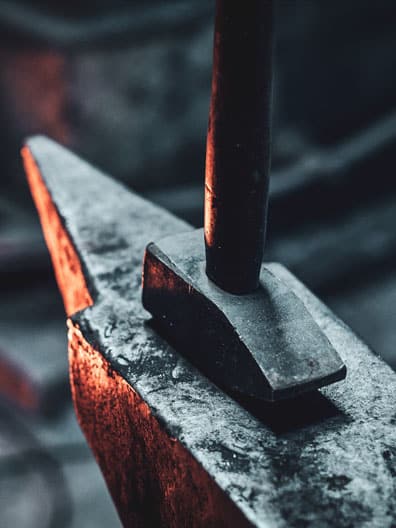
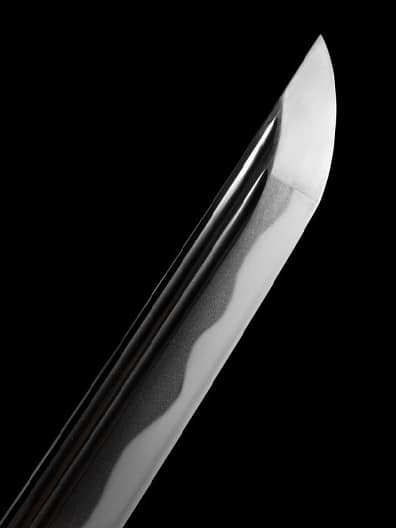
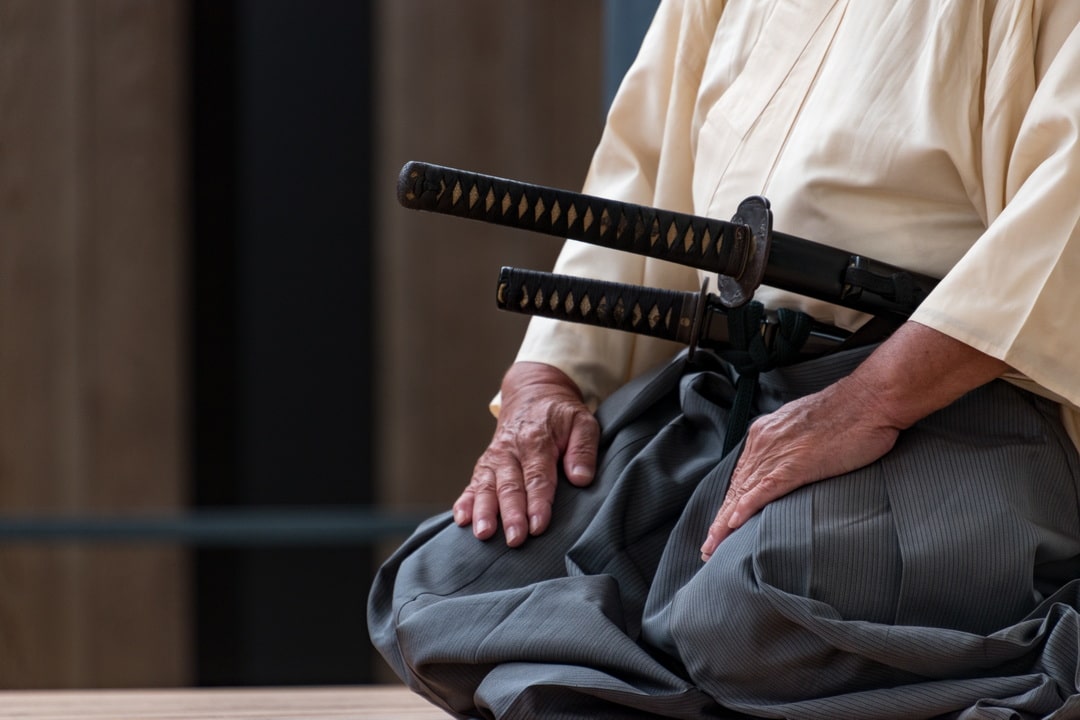
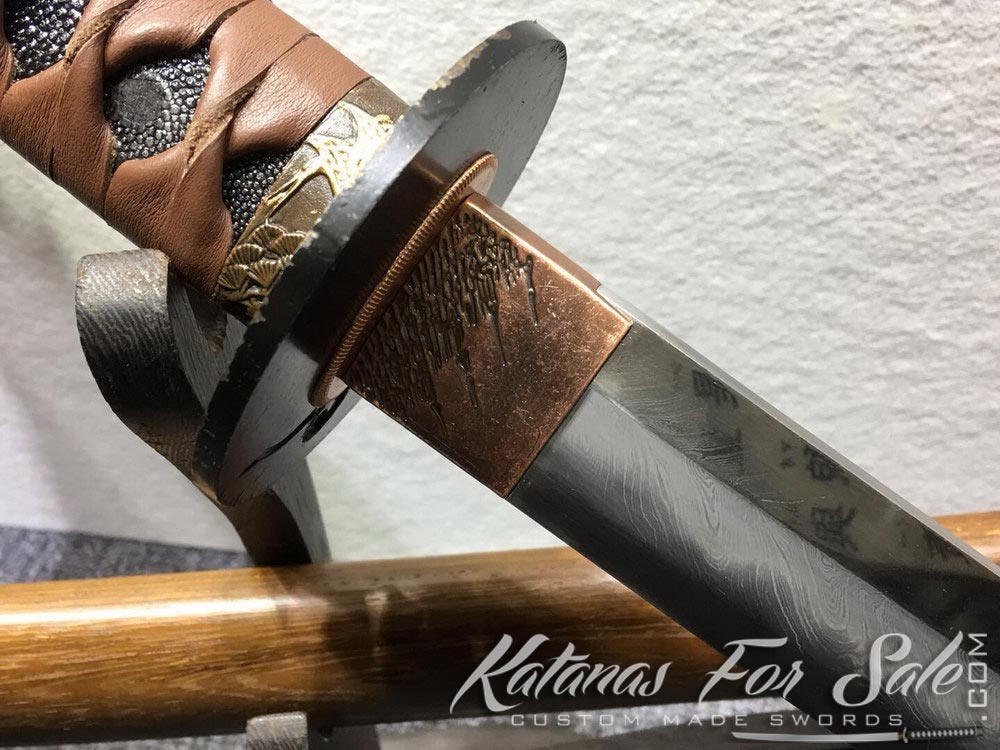
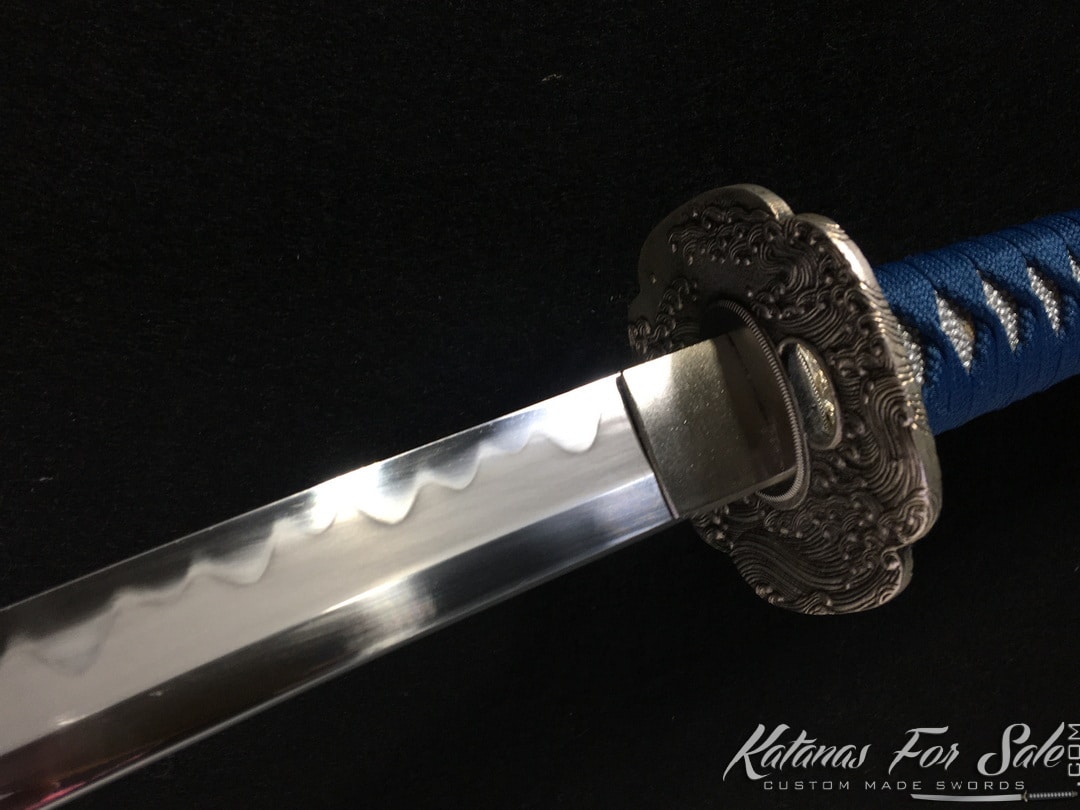
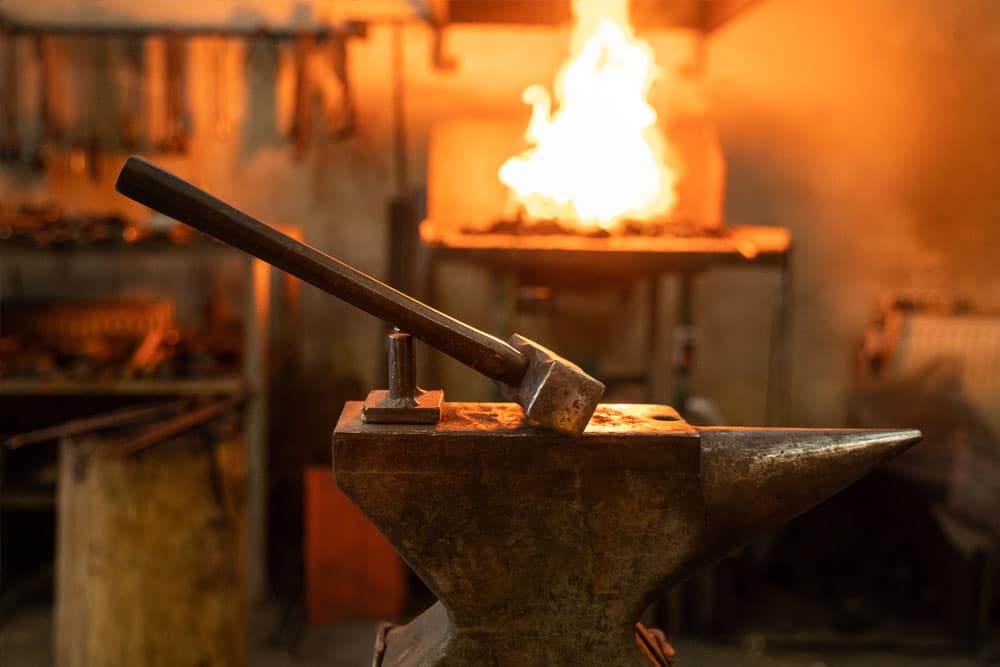

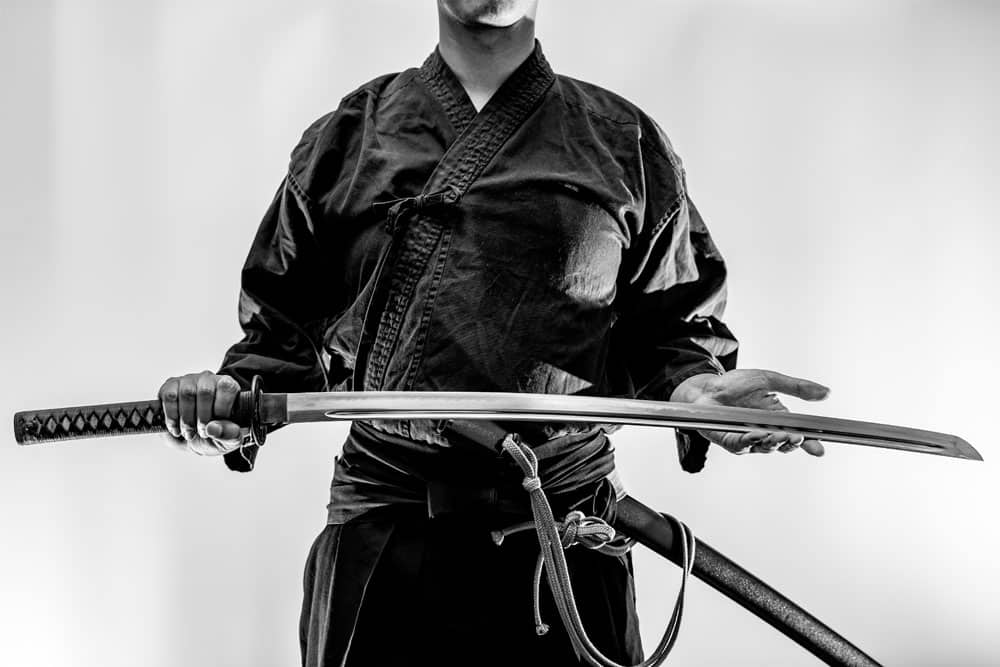

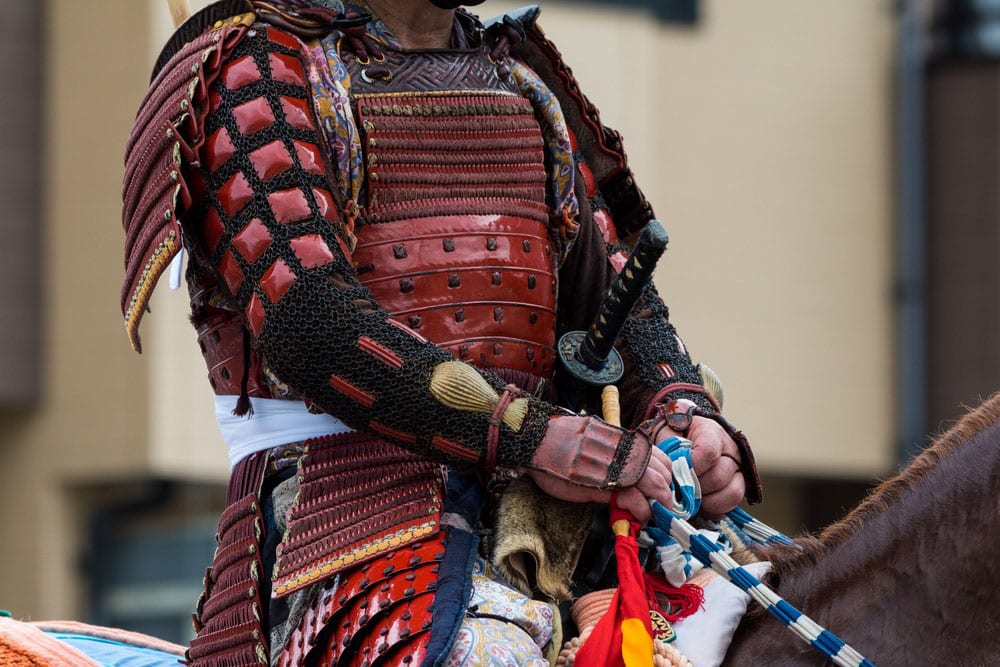
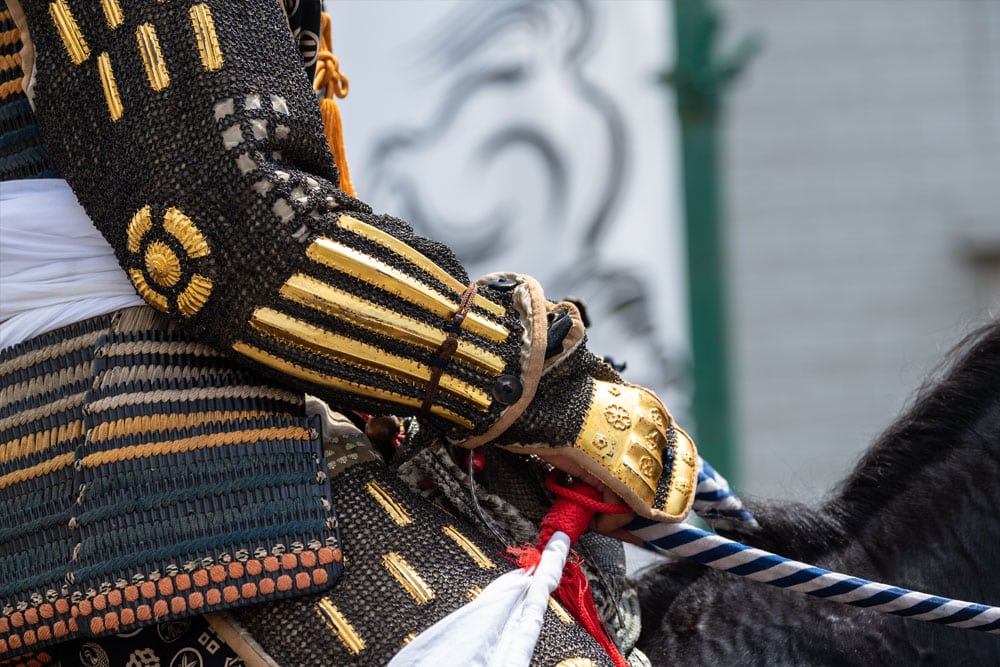
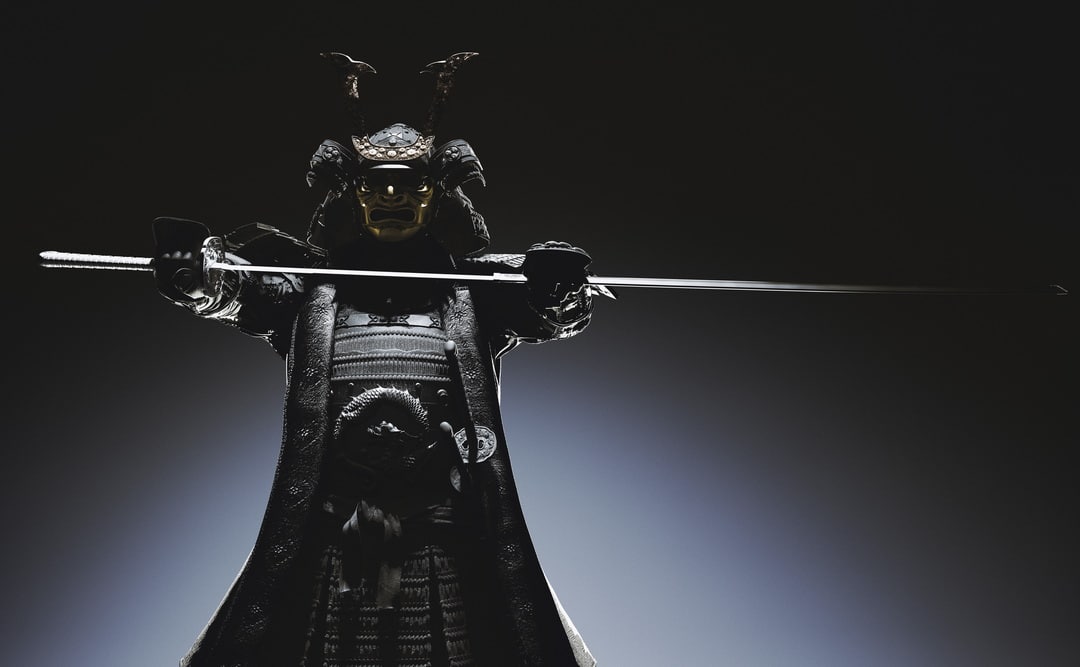
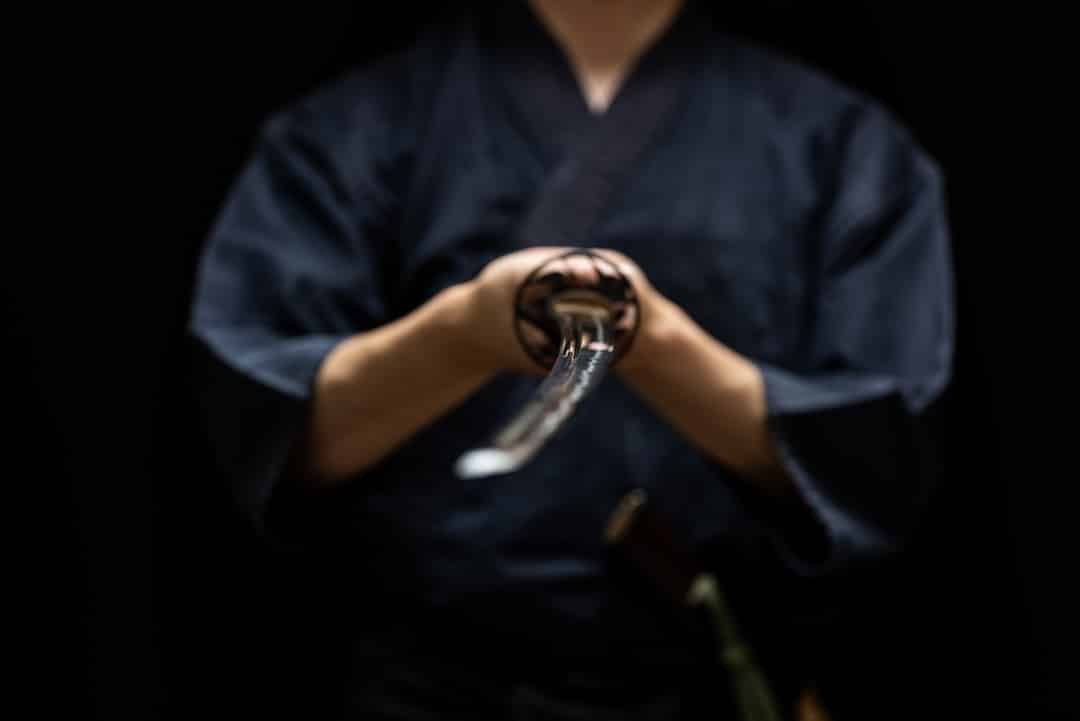
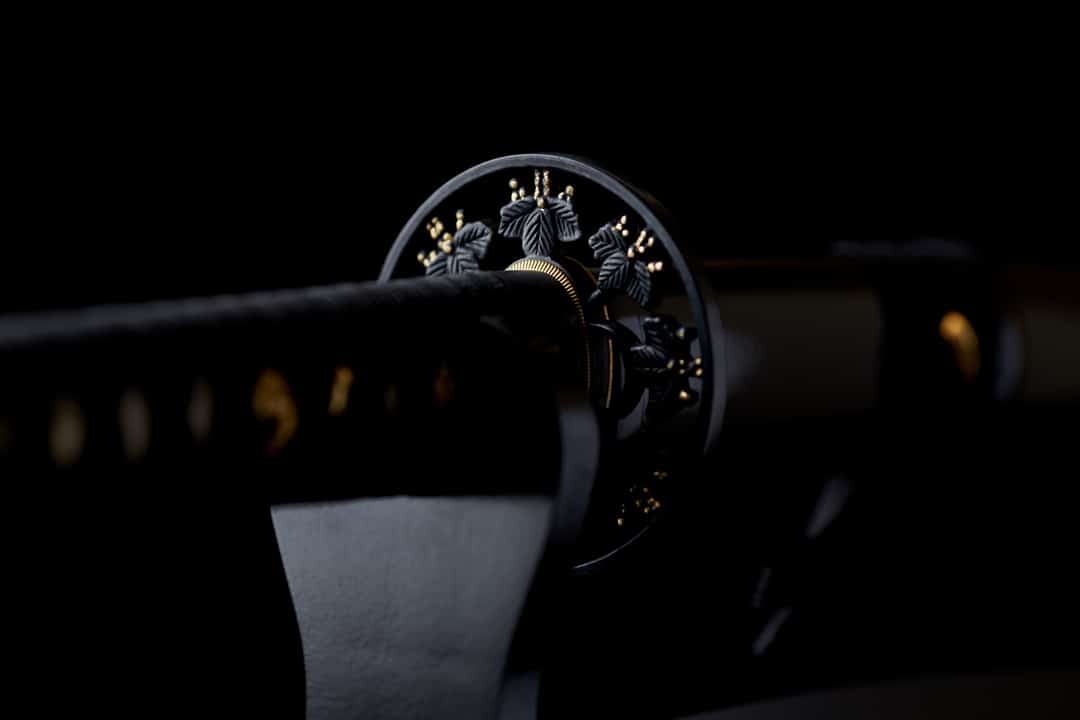
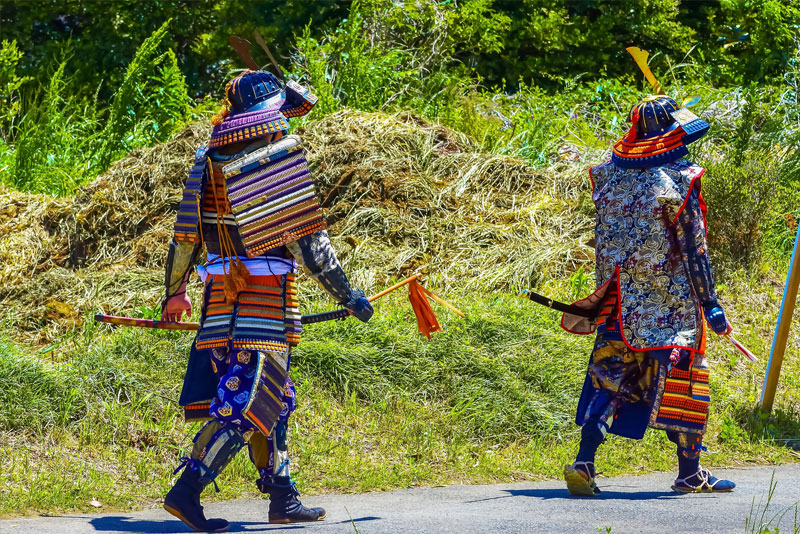

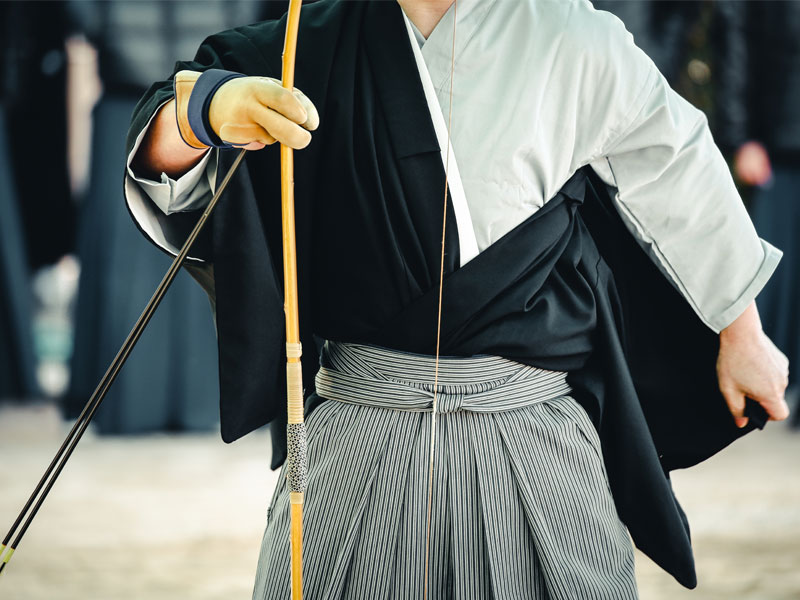
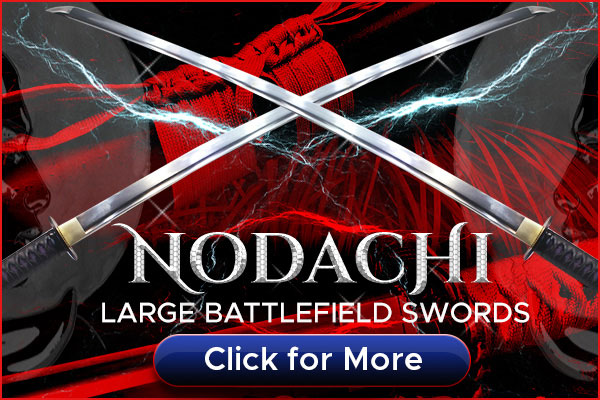
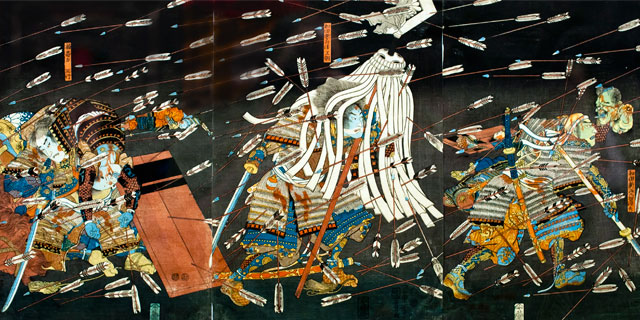
Test Your Knowledge
Feudal Japan's Warriors and Roles Unraveled
Samurai Sword Mastery: The Ultimate Challenge
Samurai Wisdom: Embark on a Journey Through the Ages